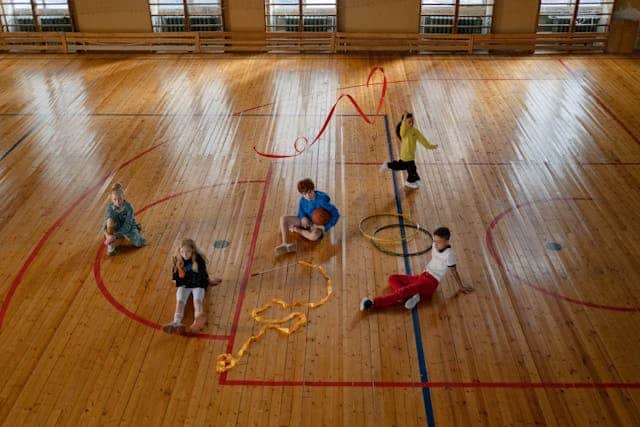
Device-assessed total and prolonged sitting time: associations with anxiety, depression, and health-related quality of life in adults.
April 14, 2021
No changes in adolescent’s sedentary behaviour across Europe between 2002 and 2017
April 28, 2021A new paper, ”Adolescents’ sedentary time, affect, and contextual factors: An ecological momentary assessment study,” has recently been published in the International Journal of Behavioral Nutrition and Physical Activity. The full publication is available here (open access). The summary of the paper and citation details are below.
ABSTRACT
Background
Few adolescents achieve sufficient levels of physical activity, and many are spending most of their time in sedentary behavior. Affective response following sedentary time may influence motivation to remain sedentary. Ecological Momentary Assessment (EMA) is a real-time data capture methodology that can be used to identify factors influencing sedentary time, such as the context of the home setting, and resulting affective state within a free-living setting. The purpose of this study was to evaluate the relationship between context at home and adolescent sedentary time, and the relationship of sedentary time and subsequent affect.
Methods
Adolescents (n = 284; 10–16 y) participated in an EMA study that used random, interval-based sampling methods. Adolescents each received 22 unannounced surveys over 7-days through a smartphone application. One survey was randomly sent within each 2-h time-period. These time-periods occurred between 4:00 pm-8:00 pm on weekdays and 8:00 am-8:00 pm on the weekend. This 15-question survey included a series of questions on context (indoors/outdoors, alone/not alone) and positive affect. Adolescents concurrently wore an accelerometer at the hip, and the 30-min bout of accelerometry data prior to each survey was used in analyses. Mixed-effect location scale models were used to examine the association between context at home and sedentary time (stage 1) and the adjusted sedentary time and positive affect (stage 2), with each model adjusted for covariates.
Results
Adolescents were 12.6 ± 1.9 y of age on average, about half were White (58%), and engaged in high levels of sedentary behavior during the 30 min prior to the survey (21.4 ± 6.8 min). Most surveys occurred when adolescents were with others (59%) and indoors (88%). In Stage 1, both being alone and being indoors at home were positively associated with sedentary time (p < 0.001 for both). In Stage 2, adjusted sedentary time was not related to positive affect. Age was negatively related to positive affect (p < 0.001).
Conclusions
Both contextual factors, being alone and indoors at home, were related to additional time spent sedentary compared to being with someone or outdoors. After adjustment, sedentary time was not related to subsequent positive affect, indicating other factors may be related to adolescent’s positive affect in home settings.
Citation
Kracht, C.L., Beyl, R.A., Maher, J.P. et al. Adolescents’ sedentary time, affect, and contextual factors: An ecological momentary assessment study. Int J Behav Nutr Phys Act 18, 53 (2021). https://doi.org/10.1186/s12966-021-01121-y
Click here to read the full paper.




